Chalet Farm and the Unique Ingredients Behind D.C.’s Fine Dining Scene 🥕
Interviewing Connor Bruns of Chalet Farm in Virginia
Everyone is still scouring the Washingtonian’s Top 100 list, and if you’re like me, you’re probably marveling at photos of the little plates of food resembling tiny edible works of art. These restaurants’ mastery of the ingredients certainly makes them stand out, but what’s equally impressive is the unique and often curious variety of the ingredients themselves. I have never seen some of the fruits, vegetables, and herbs these restaurants use at my local grocery stores or farmers' markets. So, where do they come from?

To learn more about the speciality vendors supplying those exotic peppers and tropical fruits, I sat down with Connor Bruns, who owns and runs Chalet Farm just south of Fredericksburg, Virginia. After leaving his government job in D.C. in 2018, Connor developed some land he owned into a farm. He specializes in organic, sustainable farming focusing on rare seeds and unique varieties, supplying his produce to fine-dining restaurants around the D.C. area. Chalet Farms, named after a park close to where he grew up as a nod to the help from old friends and neighbors to get the farm up and running, is presently a one-person operation.
“ My grandmother had a good green thumb, and she liked to grow native Virginia plants. She had an immaculate garden,” Connor told me about his inspiration for delving into farming. “ My mother will always say she has a brown thumb, and it always skips a generation.”
Much of what Connor farms is inspired by his curiosity about what unique varieties will and won’t grow well in Virginia (a lot of things do; cabbage does not, apparently). He started experimenting with rare seeds from suppliers like Baker Creek Heirloom Seeds. Many ideas for the herbs, peppers, and other produce from Mexico and the rest of Latin America he grows come from his relationships with chefs and people he’s worked with over the years, like a Peruvian family he met and grew close with while working in kitchens. They inspired him to grow many interesting types of Peruvian peppers that color his vibrant Instagram feed.
The soil's nutrients are one factor that makes Connor’s products stand apart from others. His approach is to have as little human intervention in the growing process as possible to maintain the anemone and coral growth in the soil and encourage the natural symbiotic microbial relationships that are supposed to happen there. It allows whatever is grown to be as nutritious and flavorful as possible.
“I have a little pond right by all my herbs because there are frogs that will travel 300 feet out, eating thousands of insects through the night,” Connor said. He explained that Mother Nature often knows best, and you have to let her do her work.
When he decided to start selling to restaurants, Connor said he went door-to-door to restaurants he read about in The Washingtonian bringing the produce he grew (his “pitch”). With considerable career experience in the hospitality industry, he is familiar with what kitchens need, what products may be too onerous to prep and therefore uninteresting the restaurants, and how restaurants plan out and source ingredients based on their menus (set, seasonal, daily, etc.).
“ The first year, I made like $2,000. It was nothing,” Connor said. His operations have expanded from there. Pascual, The Duck and the Peach, Nina May, Bresca, and Causa are all among the establishments using Chalet Farms produce. Chefs often say Connor coming in is one of highlights of their week.
Growing these plants involves a lot of trial and error and addressing feedback from chefs who try his product. It’s satisfying to get it just right, Connor shares, like with the root beer-scented herb hoja santa that he grows, which took a few seasons to perfect. The chefs at Pascual say Chalet Farm grows some of the best hoja santa they’ve ever had. Plus, it’s way fresher than the version they had to previously import from Mexico.
I asked Connor about plans for Chalet Farm’s future. What he’s worried about? If the federal workforce severely shrinks, many D.C. restaurants may be forced to shutter. Vendors like Chalet Farm will deeply feel that impact. Still, he remains optimistic, a quality he’s always tried to embody. He encourages more restaurants to visit the farm, which he has done before with the Bresca team, giving them a tour and letting them try some of the produce.
”I think it's very cool that people are now making a more conscious effort to be more involved and know more about where their food comes from,” Connor shares. “ I would love to start doing things like as a CSA, do a little farmer's market in the neighborhood. I can't wait to start doing stuff like that.”
Connor was kind enough to share a sample of some delicious things from Chalet Farm: epazote, hoja santa, fresh turmeric, helichrysum (curry-flavored leaves), and pineapple sage. I put the pineapple sage in some green tea – it smells just like pineapple and has a refreshing, almost minty taste. I used a large hoja santa leaf as a wrap for some spicy chicken salad. It was crisp and added an extra level of flavor.
Then, I made a turmeric chickpea stew and was surprised at how aromatic and fruity the fresh turmeric root was since I have only ever used ground, dried turmeric. I added the epazote to the stew when it had just a few minutes left on the stove. These leaves have a strong gasoline odor and are commonly used in Mexican bean dishes to aid digestion. I finished the stew with some helichrysum leaves fried in ghee and harissa chili powder.
My three things…
I was excited to share my story about Chalet Farms, so I wanted to wait until later on to include my three things this week
🥐 Cardamom buns: My favorite Swedish-American recipe developer Nea Arentzen shared her recipe for traditional Swedish cardamom buns for Food52. I made them, and my apartment smelled like butter and freshly-ground cardamom for days. For me and those I shared them with who have had them before, they were instant nostalgia. For the others, they were a beloved new discovery.
🍣 Sushi Taro for D.C. Restaurant Week: Sushi Taro probably has the best restaurant week special that I’ve had in D.C. While some restaurants offer off-menu specials that don’t leave you as full as you would like to be, Sushi Taro gives you your money’s worth on both quantity and quality. The nigiri course alone would be worth the price of the $65 dinner special. I love Sushi Taro any time of the year, restaurant week or not.
🥟 Homemade dumplings: Peter and I both made dumplings for the first time this weekend. We used ground wagyu beef from Costco. Half were kimchi flavored, and the others were galbi flavored. Peter snuck some habanero jack cheese into some of the kimchi ones, and they were some of the most delicious dumplings I’ve ever had. Such a fun Sunday evening activity — lots more dumpling making in our future!
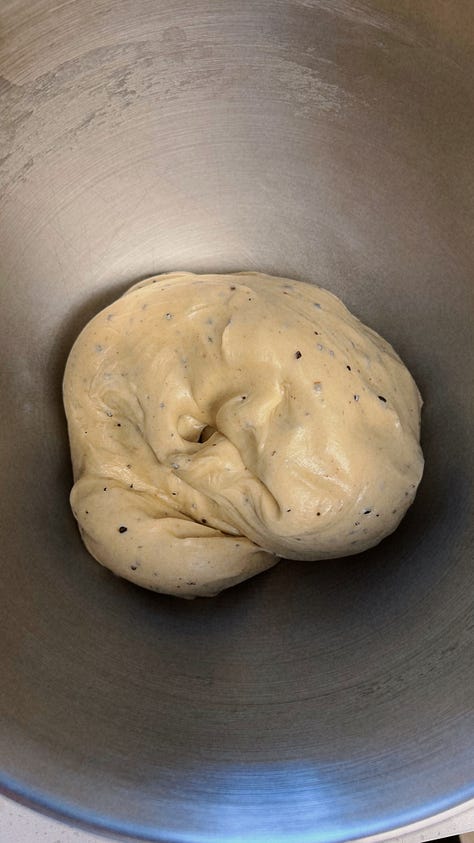
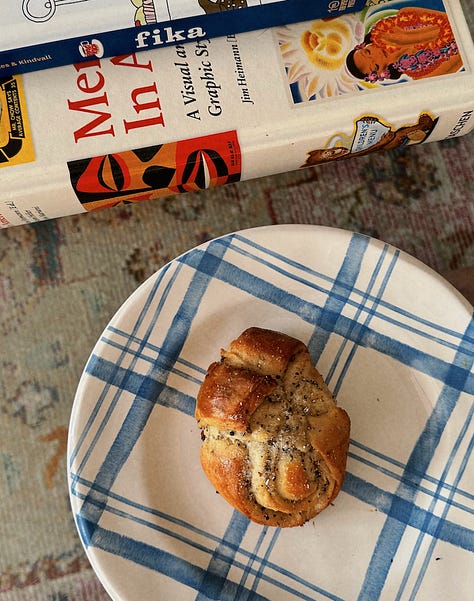
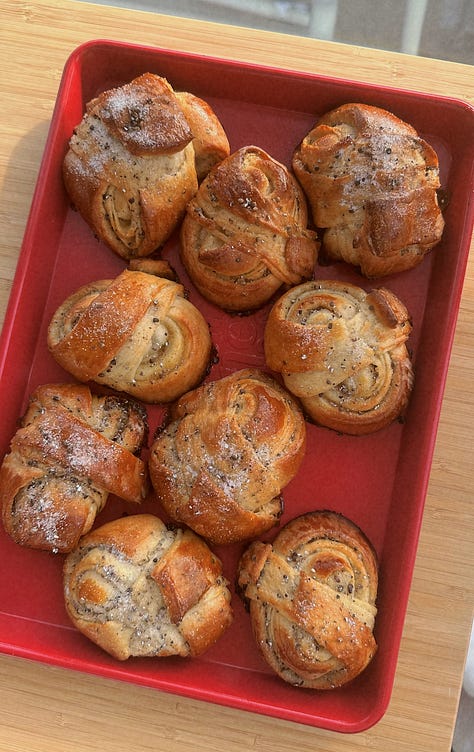
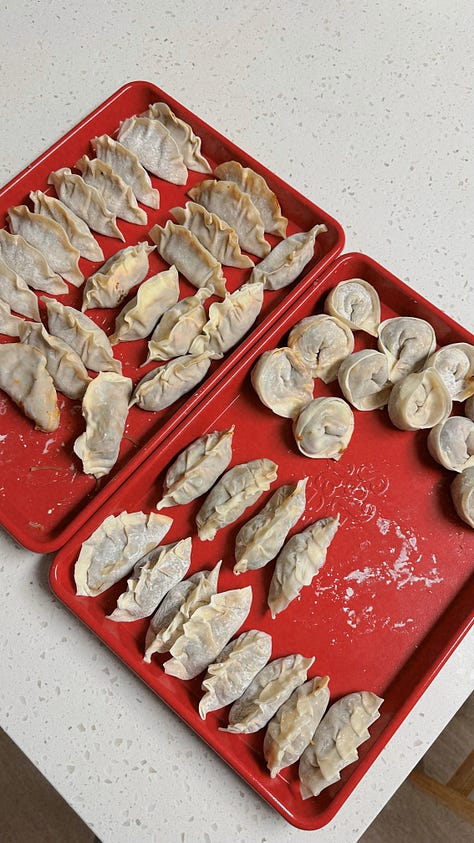


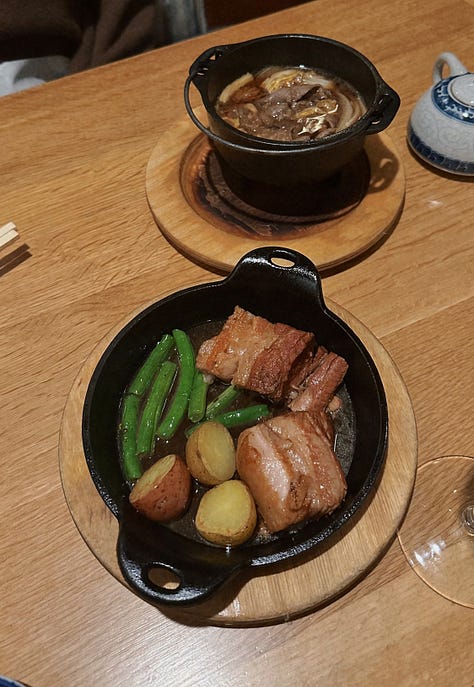
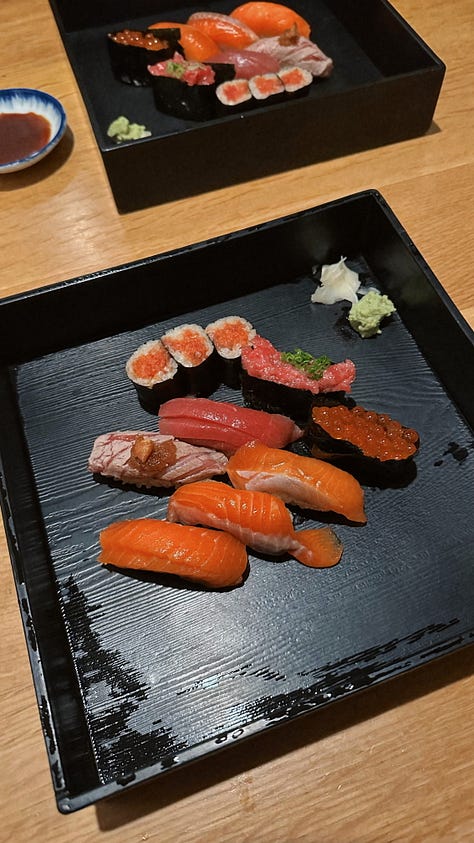

Thank you for reading, subscribing, and continuing to follow along at @hangrytohappyy on Instagram. See you here next time!


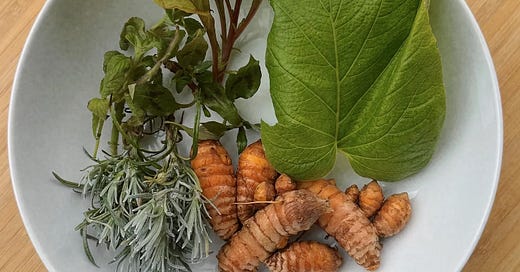




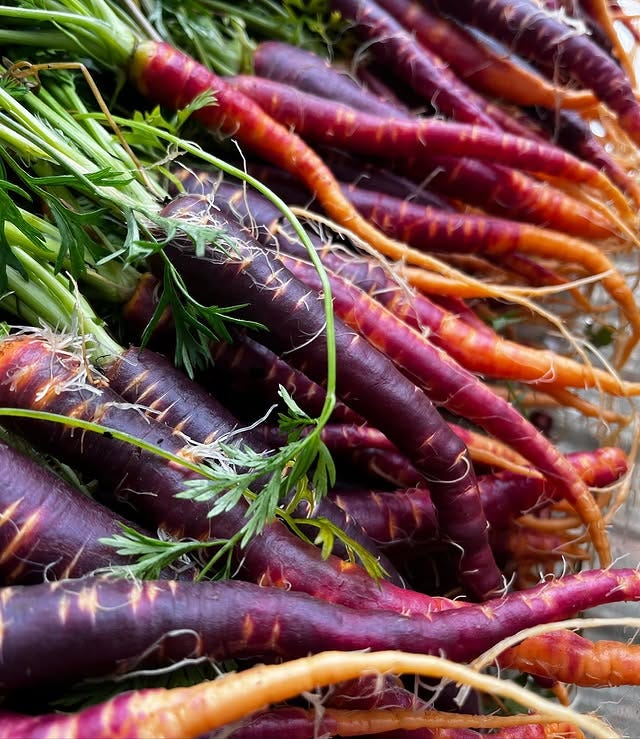
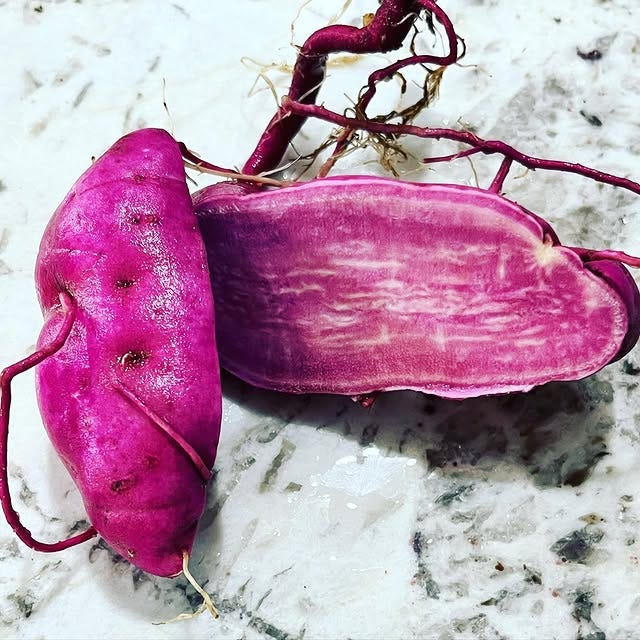
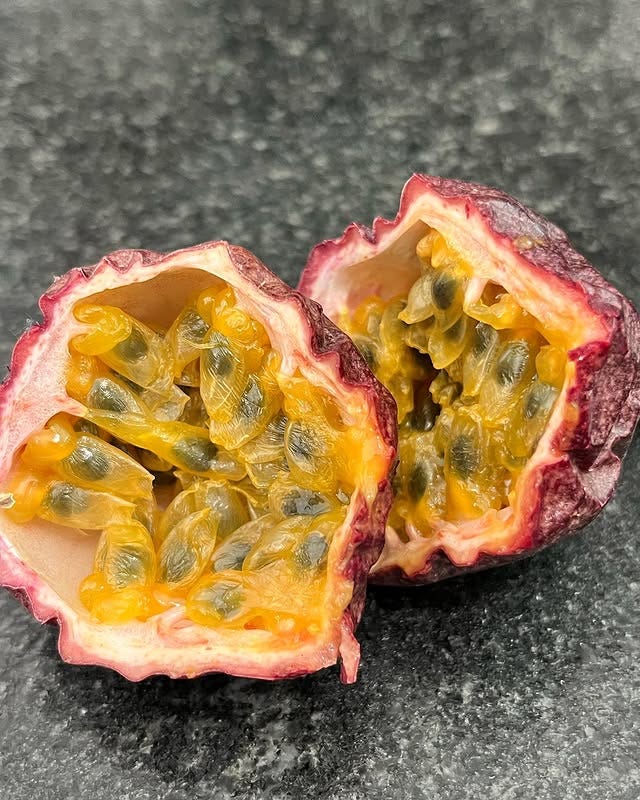

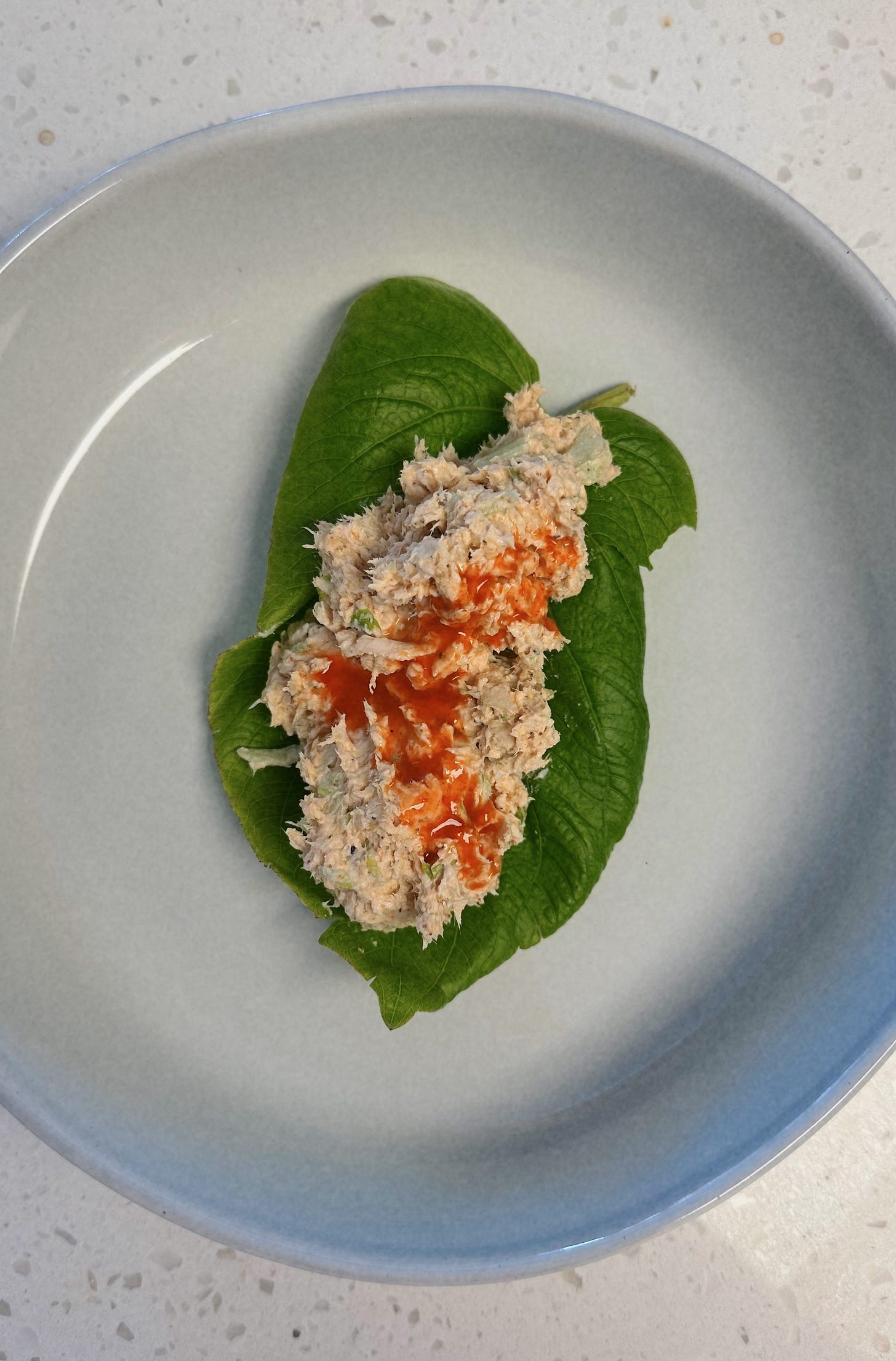
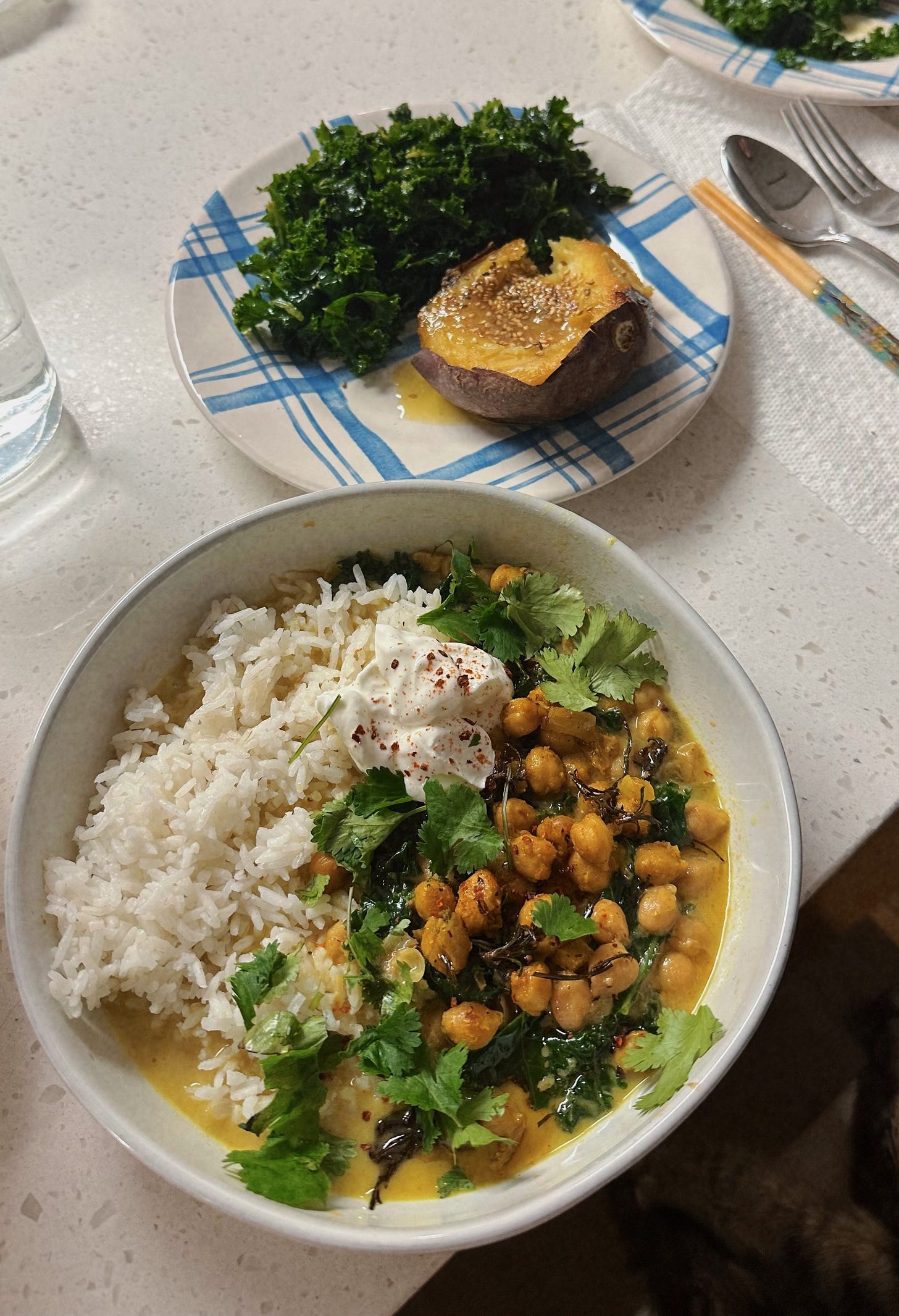
So informative! I loved this read!
Refreshing newsletter! Very newsy! I found some of the insights by Connor really interesting…like the journey of the pond frogs at night to eat the insects! 🕷️ Wow! Those dumplings look good!